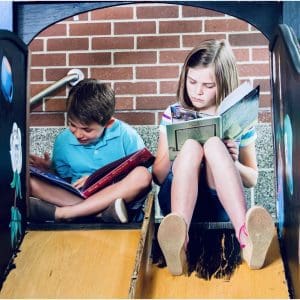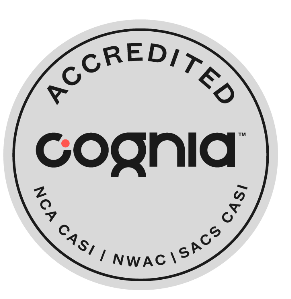CSD Reading Corner

Learning to read is a fundamental skill that makes continued growth in school and life possible. Canyons School District is dedicated to supporting all students in achieving the goal of reading on or above grade level but we can’t do it alone. Ensuring our students continue to make progress in reading requires schools and families to work together. The CSD Reading Corner has been designed to provide families with resources and information to support reading practice at home.
The more a student practices reading, the greater their chance of success. Just as in basketball, learning the skill comes first and practicing is needed to become a great player. With reading, while skill and practice is done at school, extended practice time at home will give students greater advantages.
How can I find out my child’s reading level?
Canyons District assesses all K-8 students’ reading level using several measures, including the insight of your child’s teacher. Every fall, winter, and spring, kindergarten through third grade students read to trained professionals using a standardized test that considers rate, accuracy, and foundational reading skills while fourth through eighth grade students are assessed digitally.
Information can be found in Skyward through Family Access under student login/report cards/test results. There you will find your child’s current level of reading and below is information if the child is found to be at risk in reading.
Questions?
If you want to know more about your child’s reading data, progress, or how to use these resources please contact your child’s teacher.
Armbruster, B. B., Lehr, F., & Osborn, J.. (2006). Put reading first: Kindergarten through grade 3 (3rd ed.). National Institute for Literacy. https://lincs.ed.gov/publications/pdf/PRFbooklet.pdf
Batsche, G., Elliot, J., Graden, J. L., Grimes, J. Kovaleski, J. F., & Prasse, D. (2006). Response to intervention: Policy considerations and implementation. National Association of State Directors of Special Education, Inc.
Brown, Lisa Trottier, Mohr, Kathleen A. J., Wilcox, Bradley R., & Barrett, Tyson S. (2017). The effects of dyan reading and text difficulty on third-graders’ reading achievement. TEaL Faculty Publications. Paper 2322. http://digitalcommons.usu.edu/teal_facpub/2322
Lyon, R., Shaywitz, S., & Shaywitz, D. (2003). A definition of dyslexia. Annals of Dyslexia, 53, 1-14.
Mathes, P. G., Denton, C. A., Fletcher, J. M., Anthony, J. L., Francis, D. J., & Schatschneider, C. (2005). The effects of theoretically different instruction and student characteristics on the skills of struggling readers. Reading Research Quarterly, 40, 148-182.
Simos, P. G., Breier, J. I., Fletcher, J. M., Foorman, B. R. , Bergman, E., Fishbeck, K., et al. (2000). Brain activation profiles in dyslexic children during nonword reading; A magnetic source imaging study. Neuroscience Reports, 290, 61-65.
The Reading League (2020). Decodable text sources. Reading Rockets. Retrieved October 27, 2020, from https://www.readingrockets.org/article/decodable-text-sources


